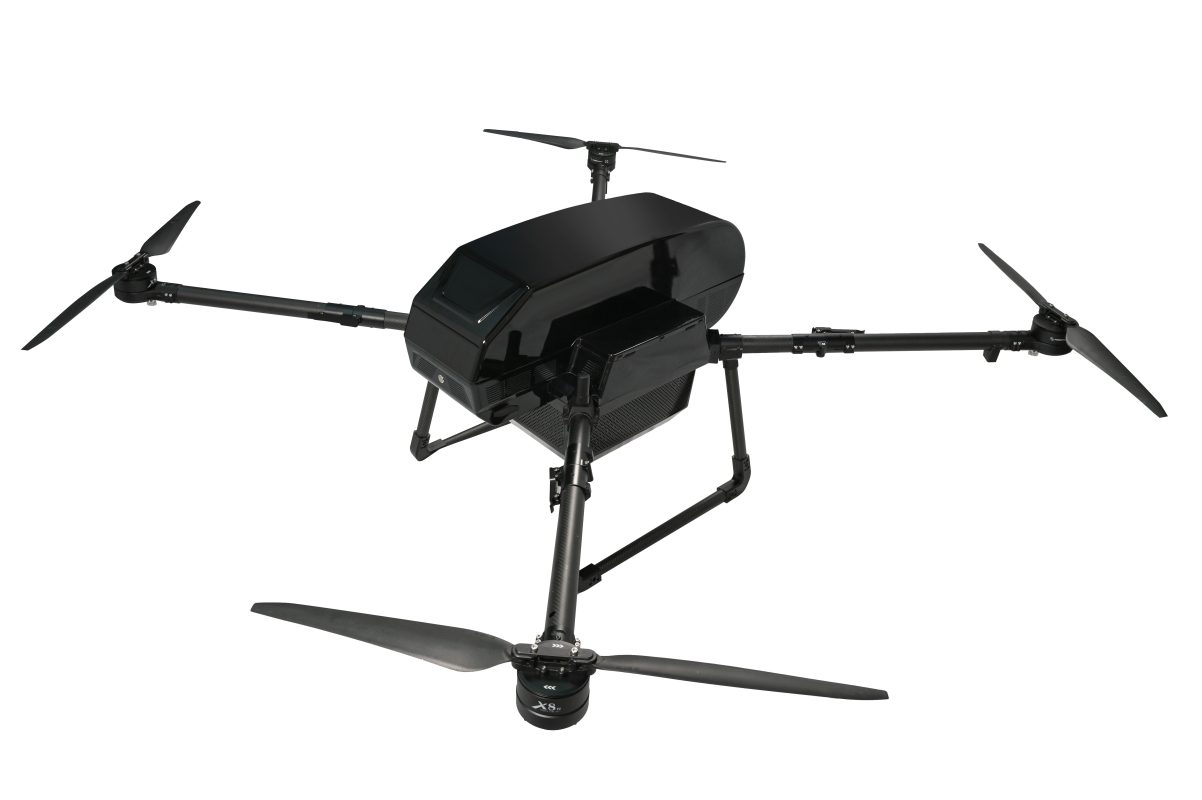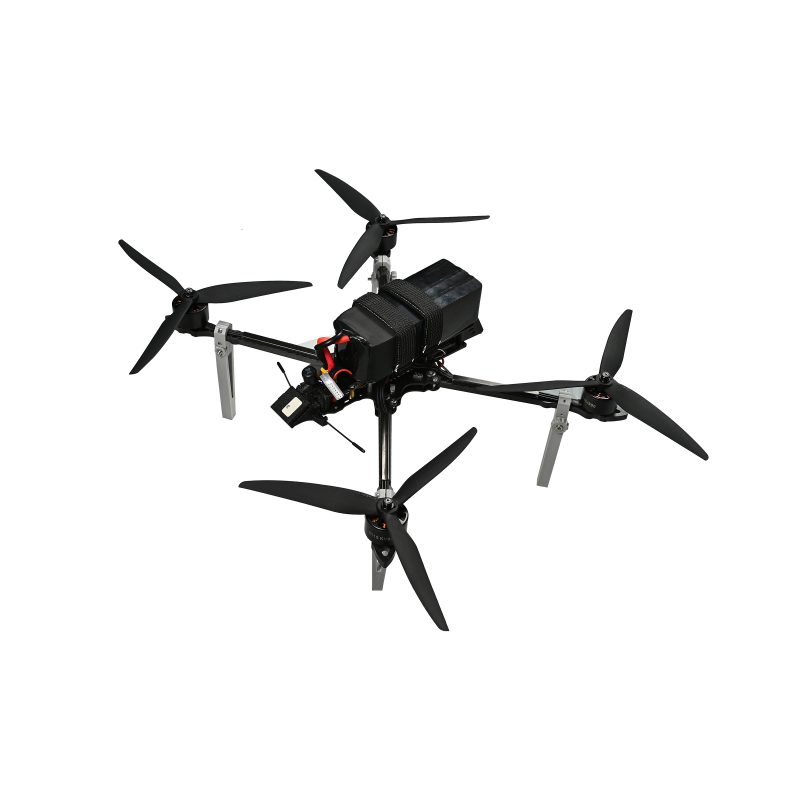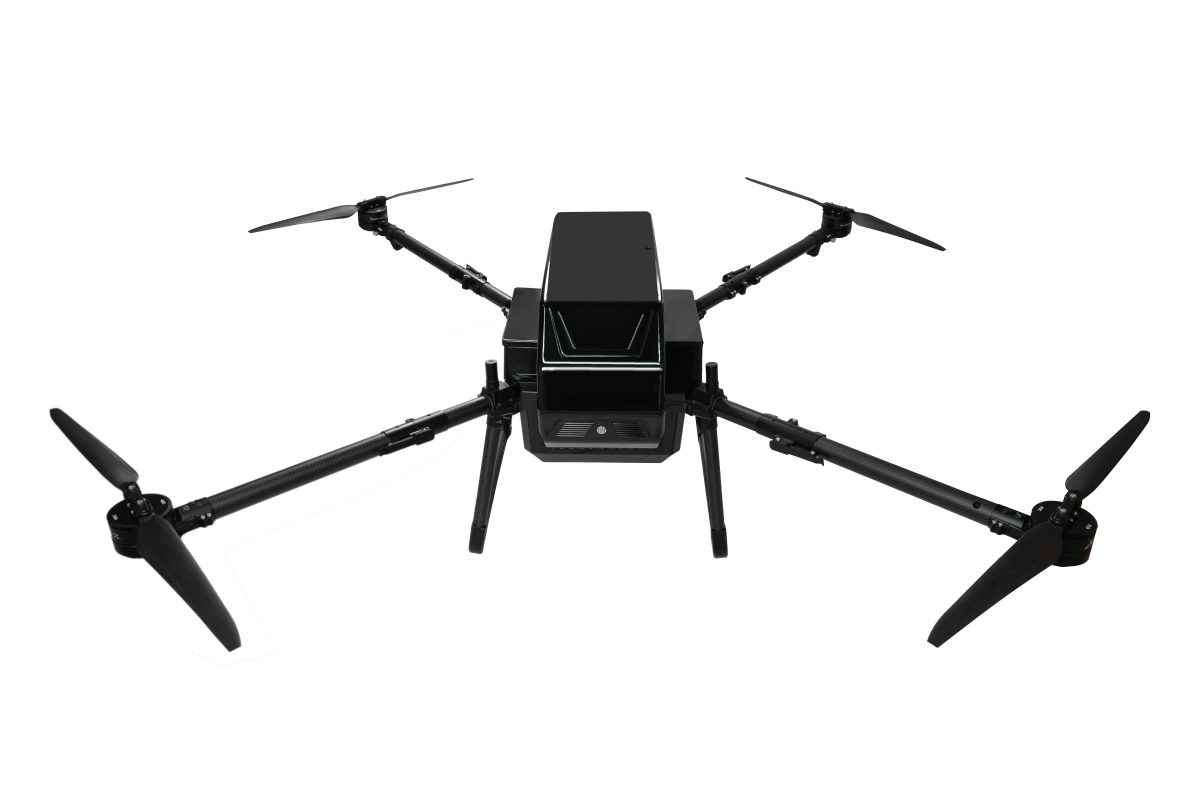The 20km mapping distance is tested under ideal conditions of no obstruction and no interference. In actual use, the transmission distance will be affected by terrain, building obstruction and electromagnetic interference. However, our mapping system adopts advanced anti-interference technology, which can reduce the influence of these factors to a certain extent. As long as it is used in an open area and avoids excessive obstruction and interference, it is usually possible to achieve a longer transmission distance. Moreover, even when the mapping distance is limited, you can still obtain the UAV’s flight status and part of the operation data through the real-time data transmission function of the ground station to ensure the smooth operation.
Author Archives: admin
👁️🗨️ 1. What Is FPV Flying?
FPV stands for “First-Person View.” Instead of observing from the ground, pilots wear goggles to see real-time video from the drone’s onboard camera, giving a true cockpit-like perspective during flight.
🎯 2. Precision and Control
FPV drones provide precise control, especially in tight environments. Pilots can perform flips, rolls, and sharp turns with ease—ideal for racing, freestyle tricks, and cinematic shots.
📹 3. Immersive Aerial Filming
Modern FPV drones support HD digital transmission and 4K cameras, making them a favorite among filmmakers, vloggers, and influencers who want immersive, dynamic footage that can’t be captured with traditional drones.
🧰 4. Customization and Open Systems
Unlike locked-down consumer drones, FPV platforms are often modular and open-source. Users can upgrade motors, swap out flight controllers, or reprogram settings—perfect for hobbyists and engineers alike.
🧠 5. Skill Development and Community
Learning FPV flying improves reflexes and spatial awareness. It also connects you with a passionate global community of flyers, racers, and builders who constantly share knowledge and build together.
🚧 6. Safety and Legal Considerations
Due to their speed and agility, FPV drones require more skill and often need to comply with local regulations, including Remote ID. Beginners should always practice in simulators before going live.
✈️ Summary
FPV drones are no longer niche. They’re redefining what’s possible in aerial video, competitive flying, and real-time control. If you’re ready for a more immersive experience, FPV is the way forward.
⚡ 1. Strong Power System
A powerful ESC (Electronic Speed Controller), such as a 45A or 65A 4-in-1 setup, ensures reliable and consistent motor performance, especially under high loads. This is essential for both racing drones and professional-grade aerial platforms.
🔋 2. Long Flight Time
Battery capacity matters. A 4S 5100mAh or 6S 8000mAh battery typically supports 25–30 minutes of flight, giving you enough time to complete mapping, filming, or inspection tasks without interruption.
🛰️ 3. Advanced Navigation System
High-end drones often support multi-satellite positioning systems (GPS + BeiDou + Galileo). This hybrid navigation ensures accurate flight paths and location lock even in complex or remote environments.
🎮 4. Flexible Flight Control Modes
Support for INAV and BETAFLIGHT gives you the flexibility to switch between stable GPS-based control and agile, fast-response freestyle flying. This is ideal for users who want to switch between aerial photography and racing modes.
🪶 5. Compact but Durable Frame
A drone with a 7-inch or 10-inch frame, lightweight body (1.3–2.5kg), and carbon-reinforced arms strikes a good balance between durability and portability—perfect for both field work and travel.
🎥 6. Payload Expansion
The best drones support modular designs that allow users to attach gimbals, cameras, or sensors. Whether you’re doing agricultural spraying, thermal inspections, or security monitoring, modularity adds professional value.
✅ Final Takeaway
A high-performance drone isn’t just about power or speed. It’s about stability, usability, and the ability to adapt to different needs. Always choose a model that balances specs with reliability for long-term use.
Hello! 52 minutes of endurance (unloaded) is already a long endurance among industrial-grade drones. For most of the application scenarios such as mapping, inspection, etc., this endurance can already meet the needs of a single operation. If a longer operation is required, it can be achieved by replacing the battery or optimizing the flight path. In addition, the large-capacity battery design also reduces frequent battery replacement or charging time due to insufficient power, which improves operational efficiency.
Hello! The advantages of hydrogen fuel cells are mainly reflected in the following aspects: firstly, the energy density of hydrogen fuel cells is much higher than that of traditional lithium batteries, which means that in the same volume and weight, hydrogen fuel cells can provide longer endurance, and the unloaded endurance of our drone can reach up to 2 hours, which is a significant improvement compared to traditional lithium battery drones. Secondly, hydrogen fuel cell hydrogen refueling process is very fast, only a few minutes can be completed, while lithium battery charging usually takes a longer time, which greatly improves the efficiency of the drone, especially suitable for long time, continuous operation scenarios. In addition, hydrogen fuel cells produce almost no pollutants during use, which is more environmentally friendly and in line with the trend of future energy development.
Upon purchase, you’ll receive a complete set of support services, including detailed user manuals, step-by-step operation guides, and online technical assistance. We aim to help you get familiar with your drone quickly. If you encounter any technical issues during use, our support team is always ready to assist—ensuring a smooth and efficient user experience.
INAV is known for its precise attitude control and advanced sensor fusion, making it ideal for tasks like aerial photography and stable hovering. BETAFLIGHT, on the other hand, is designed for fast response and extensive customization, catering to users who prefer agile handling or enjoy tuning their systems. If you prioritize flight stability and camera performance, go with INAV. If you’re into racing or want full control over tuning, BETAFLIGHT is the better option.
🎯1. Define Your Purpose
Before choosing a drone, it’s important to define how you plan to use it. Whether it’s for aerial photography, racing, inspection, or agricultural work, different models cater to specific tasks.
⚙️ 2. Flight Control Systems Matter
Drones like the X4-7 support both INAV and BETAFLIGHT flight controllers. INAV offers stable GPS-based flight, great for mapping and steady shots, while BETAFLIGHT is ideal for high-speed racing and agile control.
🔋 3. Battery Life & Performance
Flight time is crucial. A drone equipped with a 4S 5100mAh or 6S 8000mAh battery can fly up to 30 minutes, making it suitable for long-distance photography or inspections.
🛰️ 4. Navigation & Positioning
Choose drones with multi-satellite systems like GPS, BeiDou, and Galileo for precise positioning. This ensures stable performance even in challenging environments.
📐 5. Size, Weight & Portability
Compact drones with a frame size of around 25–31 cm and a weight between 1.3kg–2.5kg strike a good balance between stability and portability.
📡 6. Signal Control & Reliability
A 915MHz receiver provides strong anti-interference capabilities. Paired with a 16-channel remote controller, you gain flexible control for various functions like gimbal angle adjustment and mode switching.
🛫 7. Smart Functions & Safety Features
Features like auto takeoff, smart return-to-home, and low battery alerts are essential for beginners. Multi-mode support (beginner, normal, pro) makes flying safer and easier.
🏁 8. Choose According to Scenario
-
Aerial Photography – Look for stabilized gimbals, 4K cameras, and steady flight.
-
Racing – Prioritize speed, agility, and lightweight design.
-
Inspection – Focus on endurance, signal strength, and compatibility with payloads.
🔚 Final Thoughts
The right drone enhances both creative freedom and work efficiency. Always consider your skill level, intended usage, and budget before choosing. A well-matched drone will bring you a rewarding flying experience.




